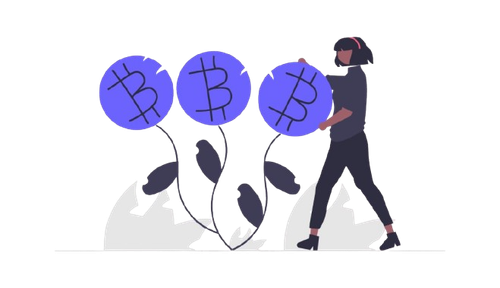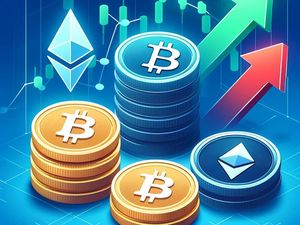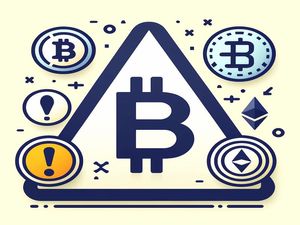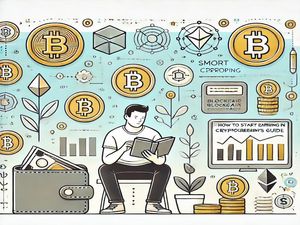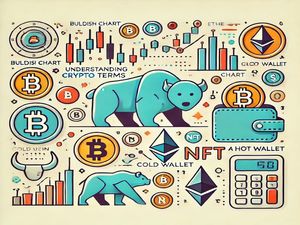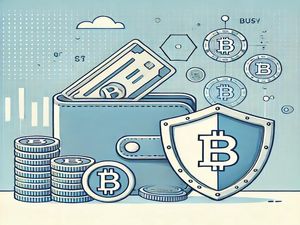Blockchain #
Blockchain is a distributed ledger technology used to record transactions and data on a decentralized network. Simply put, blockchain stores information in blocks that are linked together in a chain. Each block contains transaction data, a timestamp, and a link to the previous block, creating a continuous and immutable record that ensures data security and transparency.
Example: Imagine buying a car. The buyer and seller need to record the transaction, but they can't completely trust each other. Instead of relying on a third party, blockchain technology creates a secure, shared ledger where both parties can see and confirm the transaction details in real time.
Bitcoin #
Bitcoin is the first digital currency that exists solely on the internet, created in 2009 by an anonymous entity known as Satoshi Nakamoto. Bitcoin allows people to send and receive money online without the need for banks or other intermediaries. The entire Bitcoin system operates on blockchain technology. Bitcoin's value is driven by its utility and the size of its network—similar to how the value of a telephone network increases as more people use it. Importantly, Bitcoin has a capped supply of 21 million coins.
Altcoins #
Altcoins are any cryptocurrencies that were created after Bitcoin. These coins often aim to improve upon Bitcoin's original concept by introducing various changes. However, many altcoins are created for speculative purposes and may not hold significant value. Some of these are referred to as "shitcoins," which offer minimal differences from each other and often lack practical use.
Stablecoins #
A type of altcoin, stablecoins are linked to the value of other assets like traditional currencies or commodities to maintain a stable price. For instance, the largest stablecoin, USDT (Tether), is pegged to the US dollar at a 1:1 ratio, minimizing exchange rate fluctuations. Stablecoins are popular for their low volatility compared to other cryptocurrencies.
Spot Trading #
Spot trading involves buying and selling cryptocurrencies immediately at the current market price. In spot markets, transactions are executed instantly, allowing for the fast and direct exchange of digital assets. This method is ideal for those who want immediate ownership of cryptocurrencies without the use of other financial instruments.
Futures Trading #
Futures trading allows traders to buy or sell a specified amount of cryptocurrency at a future date for a predetermined price. When you enter a futures contract, you do not purchase the cryptocurrency itself but agree to buy or sell it at a later date. Futures contracts provide a way to hedge against price fluctuations and speculate on future price movements. If you expect the price to rise, you go long by buying a futures contract; if you expect the price to fall, you go short by selling a futures contract. Your profit or loss depends on whether your price prediction is accurate.
Conclusion #
Understanding these key crypto terms will help you grasp the fundamental concepts of the cryptocurrency market. Blockchain, Bitcoin, altcoins, stablecoins, spot trading, and futures trading are all integral parts of the digital currency landscape. With this knowledge, you'll be better equipped to participate in and navigate the world of cryptoc
